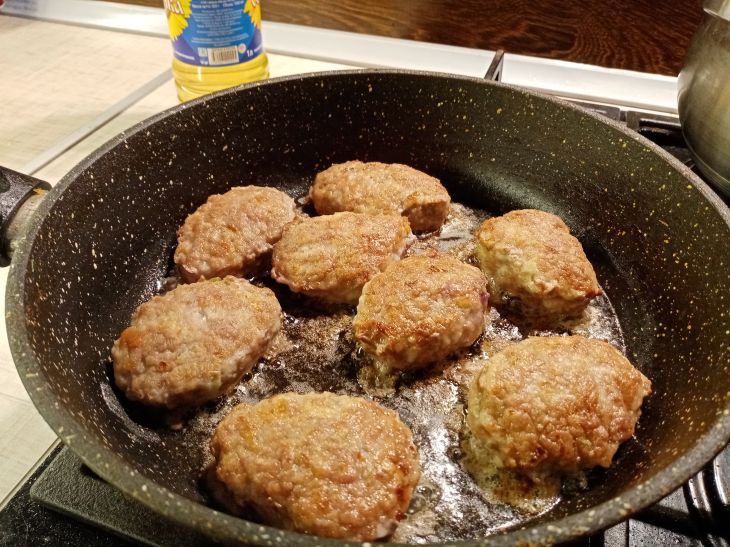Why Add Soda to Minced Meat: The Science of Juicy Cutlets
In Asian cuisines, soda is not just a leavening agent, but the secret to juicy meat.
Chef Peter Serusi of Din Tai Fung reveals the technique:
"A pinch of baking soda changes the pH of the ground meat, making the muscle fibers more receptive to moisture."
The chemistry behind this is detailed in the Journal of Food Science : In an alkaline environment, meat proteins denature more slowly, allowing them to retain more water during cooking.
The study showed that cutlets with soda retain 25% more juice than those without it.

But it is important not to overdo it. Experimental chef Anatoly Komm warns:
"Too much soda gives meat a soapy taste and destroys vitamins."
The optimal dose is 1/4 teaspoon per 500 g of minced meat. To enhance the effect, chefs mix soda with cornstarch.
For example, in Chinese dim sum, the minced meat is treated with this mixture and then “whipped” by hand for 10 minutes.
The technique was described by chef Willin Liu in his book The Wok:
"This way the fibers break down and the meat becomes like a mousse."
Interestingly, this method works even with lean meat.
Blogger Jacob Burton of Stella Culinary experimented with chicken breast:
"After the baking soda treatment, it became as juicy as a thigh. This is a game changer for those watching calories."
Viewers' reviews are shocked: "Now even the turkey isn't dry!"
Historically, soda was used in meat dishes back in ancient China. The 16th-century treatise Suanfa Tongzong describes how imperial kitchen chefs marinated pork in a solution of soda and rice wine.
Today, this technique has been adapted for home cooking. For example, in Thai Pad See Ew noodle recipes, baking soda is added to ground beef to keep it tender even when quickly fried.
